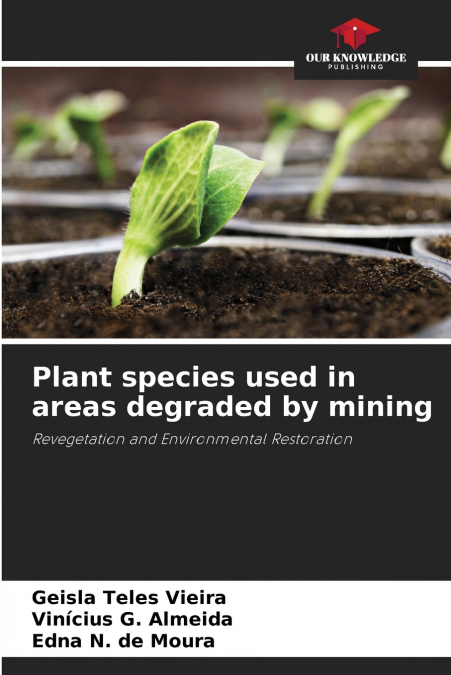
Edna N. de Moura / Geisla Teles Vieira / Vinícius G. Almeida
Mineral exploration activities are of great importance and contribution to the Brazilian economy. The requirement for PRAD and environmental care, as described in the EIA/RIMA processes during mine closure, are guarantees that the environment will be returned with biodiversity quality. Soil transposition, seed banks, branch transposition, natural and artificial perches, planting seedlings and nucleation are the environmental techniques most commonly used in environmental restoration. Through a bibliographical review of 18 scientific articles, doctoral theses and digital platforms, this research seeks to present the plant species and families most used in the recovery of degraded areas in iron ore mining. The results showed that the most common species were guandu beans, bragatinga, eucalyptus, fat grass, brachiaria, pau brasil, arnica mineira and skunk grass. The Asteraceae, Melastomataceae, Podaceae and Orchidaceae families had the highest number of species cited. It can be concluded that plant diversity is low, necessitating a plant inventory prior to development, as well as a seed bank.